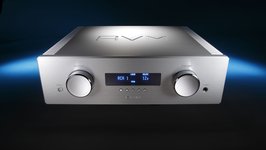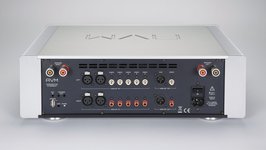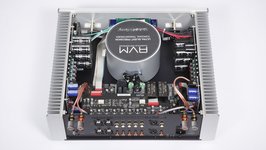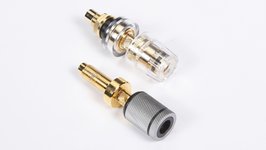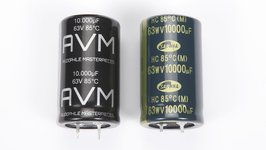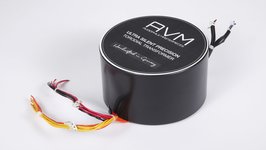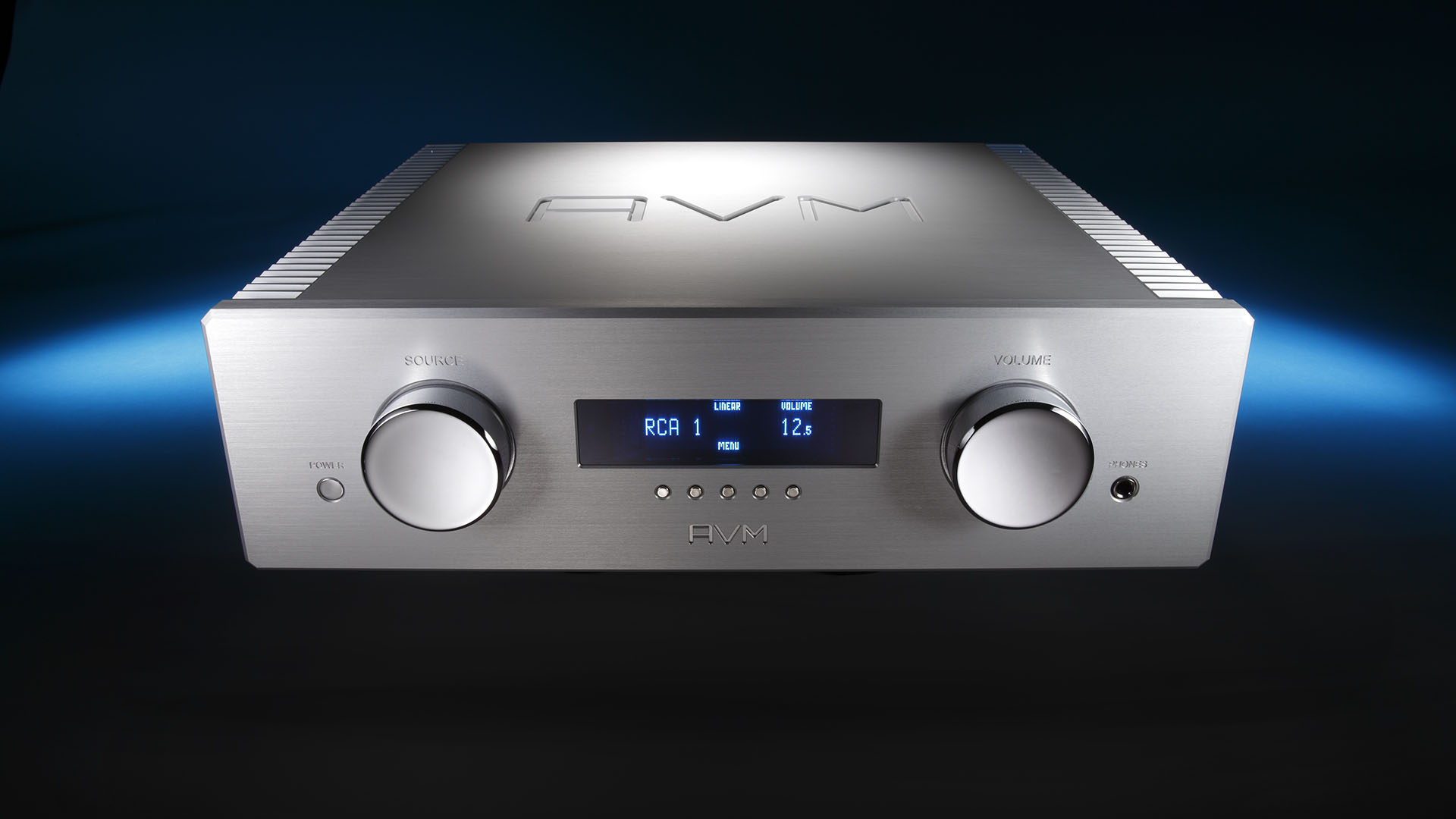
Integrated Amp Test
AVM Ovation 6.2 ME Review
Master Class – "Back in Business" could be the title of AVM's integrated amplifier Ovation A 6.2, as its traditional place in the portfolio of the Southern German manufacturer remained empty for a short time. The resurrection now, of course, is accompanied by a big bang, because the revised "Master Edition" costs 3000 Euros less than the predecessor – how is that even possible?
In a solid and, above all, reliable assesment of the costs of a product, not only the actual manufacturing costs, but also the corresponding expenses for research and development must be accommodated for and, optimally, earned back during the usual product cycle. According to AVM boss and owner, industrial engineer Udo Besser, this worked with the 6.2. In addition, all the required tools were paid off and the production process is working quite well. As he himself states: "We know every part of building the 6.2 by heart."
Experienced STEREO readers might know that I appreciate high output power – at least when it brings some merits to the sound. This was undoubtedly the case with the old 6.2, which brought a considerable amount of power with about 2 x 300 watts at 4 ohms.
Back then, we combined the 20 kg heavy amplifier with the matching MP 6.2 music player. The player has since been replaced by a successor whose evolution and technological advancements in the form of a new, more powerful streaming engine and completely new controls also justified the generational change to "6.3" in its name. There was little room for improvement in the amplifier, so the preference was now given to lowering the price. The customer will be thankful for both.
Relatives by Choice
The special topology of the A6.2, with a single ended input and output stage, was obviously retained. Potential for improvement was indeed identified in the area of the power supply. For example, the toroidal transformer in the "Master Edition", which is equipped with channel-separated windings and secures the energy supply, is even a little larger than the already impressive 1000-VA transformer of the predecessor. Udo Besser reveals the solution to this riddle: the "ME" will continue to operate in class-A amplifier mode for quite a while longer than its older brother. This means that, up to moderate power levels, the processing of both signal half-waves is not yet interrupted and switched between two power transistors; instead, the standby current of the semiconductors is quite high.
Although this means a higher power consumption and more wasted heat, it also further reduces distortion. This is because, with the usual push-pull (Class AB), the switching processes cause crossover distortions due to a slight offset at the zero crossing. AVM shifted the transition from non-switching A to Class AB operation significantly upwards, so that the amplifier, combined with loudspeakers of better efficiency, should rarely leave the optimal sound range in normal use – except perhaps at parties. These are, with respect, the best conditions for audiophile enjoyment.
The MOS-FET output stage of the Ovation series is also favored by the fact that, unlike bipolar transistorized output stages, it does not require two different PNP and NPN power transistors. Instead, it virtually compensates the differences of the N- and P-MOS-FETS by a few circuit tricks, which AVM monitors with a sharp eye and does not make public. This avoids and minimizes the switching distortions right from the start. AVM uses the latest MOS-FETs, which can challenge bipolar transistors in terms of speed and high-current delivery capability. Especially the almost legendary sonic similarity of MOS-FETs to tubes, which is often aimed for, might be mentioned.
Comparison Old/New
The STEREO measurement results of both specimens – naturally we asked both to participate in the tests – are excellent, so the progress ist hard to measure. Performance also remained identical within the expected manufacturing tolerances. Extremely low distortion values may seem unimportant to some, but in the end it's the sum of all these details that counts to achieve the uniquely clean yet warm and powerful AVM sound.
The specially adapted transformer, supported by the whopping 120,000 microfarad capacity of the new, proprietary AVM capacitors, is not the only small but refining difference. For example, the "remanufactured" amp now features the impressive in-house speaker terminals. This may not be a big change in quality, but using the same parts for many different devices means saving expenses. Anyone who knows something about production technology knows that component costs can quickly multiply. The reduced price has to come from somewhere. And if this can be done without a loss of quality, why not. The AVM terminals also look great.
Inside, there is a mirrored symmetrical double-mono construction, as might be found in the textbook of perfect amplifier construction. The input stage is completely DC-coupled, i.e. without any coupling capacitors that could potentially damage the sound. The amplifier, which is therefore also particularly phase-true and "fast", has, in addition to the main power supply unit, another one for processor control and one silent power supply unit each for the fully balanced input stages on the left and right. The circuit boards are black due to the better heat dissipation – they actually experimented with this! – and the knobs in the symmetrically designed front are of high quality. All of this certainly shows attention to detail, and the entire, at least optically screwless designed aluminum case serves not only for stability and low resonance, but also as an efficient and huge heat sink.
The 256-step volume control is also fully balanced, which provides another three decibels more signal-to-noise ratio as well as extreme channel equality, and the "Master Edition" also benefits from a top-class headphone amplifier. Modern processors enable pure luxury, as, for example, the amplifier waking up with the same volume position it had when it was switched off before. In addition, the inputs can be renamed, their level can be lowered if necessary, and unused ones can be skipped or the display can be dimmed. Loudness and tone control are also on board. Bi-amping-, subwoofer- or active speaker-fans will appreciate the preamp outputs while others will love the home cinema circuitry. Extensive protective circuits ensure maximum operational reliability and thus continue the uncompromising quality assurance present during the construction, mostly by hand, of the A 6.2. The all-metal RC3 remote with its high-quality appearance is a perfect match.
Listening to the Amp
By the way, the new one sounds very, very similar to its predecesspr, when compared face to face. At best, slight nuances show here and there when the "master" is playing. Otherwise the extremely high level of fun and sovereignty offered by the amplifier was maintained, which is to be taken as a compliment. AVM has achieved the feat of making its integrated amplifier sound fast and physical, analytical and colorful at the same time. The way it makes the huge JBL loudspeakers produce "Oh Yeah" is fabulous. Effortlessly, as only a powerful amplifier can do, even on high-efficiency speakers. Udo Besser also wants to offer owners of the "original" A6.2 the merits of the optimized power supply at a special price. This upgrade, in the AVM factory, which involves major modifications, will cost 1,490 Euros, including an extension of the warranty. The amplifier will also be slightly heavier.
The most important thing is, however, that you can now buy a slightly improved version of a device that previously cost almost 9,000 Euros, which is extremely powerful and sounds excellent, for just under 6,000 Euros. So STEREO has to change the price-performance ratio from "excellent" to "outstanding". There is simply no other way – and it is highly deserved. This is an amplifier that could not really be more complete or better. And it is more affordable than ever. Chapeau!
Verdict
The AVM Ovation 6.2 has matured into the "Master Edition" and is a perfect dream of an amplifier. It features high performance, great craftmanship, good features and, above all, top sound, bringing along subtlety, pressure as well as physicality. Since the price has been reduced by 3,000 Euros, it is also an absolute value for money-tip thus receiving our fifth star!
Technical Details
Integrated amplifier
AVM A 6.2 Master Edition
Price: ca. 9990 € (Last check: 21.10.2022)
Dimensions WxHxD: 43 x 14 x 41 cm
Warranty: 3 years
Manufacturer: Audio Video Manufaktur

General Data
Measurement Results
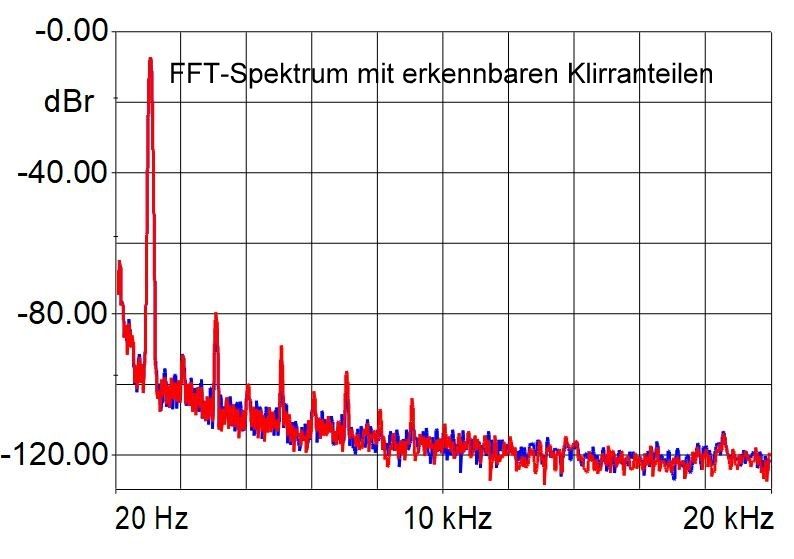
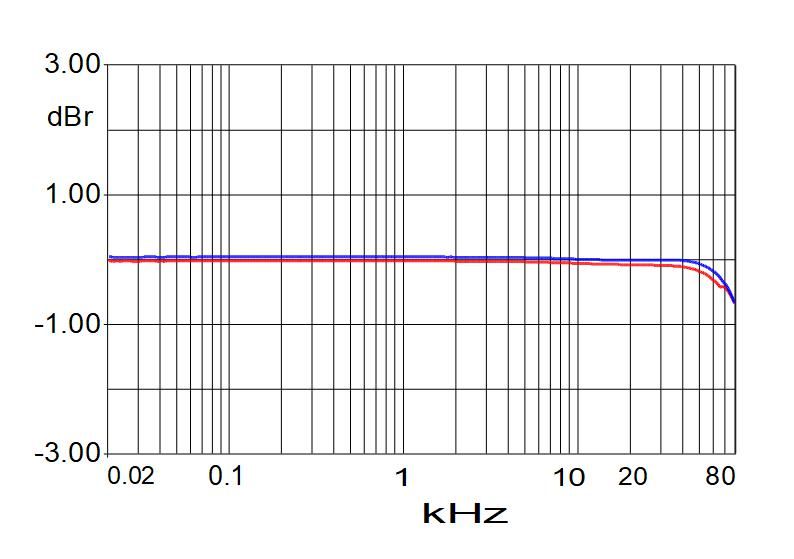
Measurement Values
| Continuous power at 8 Ohm (1kHz): | 174 W |
| Continuous power at 4 Ohm (1kHz): | 298 W |
| Pulse power at 4 Ohm (1kHz): | 390 W |
| Distortion factor at 50mW (1kHz): | 0.01 % |
| Distortion factor at 5W (1kHz): | 0.03 % |
| Distortion factor at Pmax -1dB (1kHz): | 0.1 % |
| Intermodulation at 50mW (according to DIN): | 0.005 % |
| Intermodulation at 5W (according to DIN): | 0.04 % |
| Intermodulation at Pmax -1dB (according to DIN): | 2 % |
| Signal-to-noise ratio from high level input at 50mW (1kHz): | 77 dB |
| Signal-to-noise ratio from high level input at 5W (1kHz): | 96 dB |
| Damping factor at 4 Ohm at 63Hz/1kHz/14kHz: | 333/200/91 |
| Upper cut-off frequency (-3dB/4Ohm): | >80 kHz |
| Crosstalk between 2 high level inputs: | 92 dB |
| Synchronization error Volume control at -60dB: | >0.2 dB |
| Stereo channel separation at 10kHz: | 87 dB |
| Power consumption Standby: | <0.1 W |
| Power consumption Idling: | 51 W |
Stereo Test
Sound Level Integrated amplifier: 94%
Price/Performance
Lab Comment
High output power at lowest distortion level, excellent noise figure and damping factor, broad yet fast circuitry. Superb.
Features
Metal remote control, balanced and numerous unbalanced inputs and outputs (also preamplifier), pure analog high level amplifier, tone control, adjustable inputs, headphone amplifier
Test Devices
CD-Player: T+A MP 2000 R
Integrated Amplifier: AVM Ovation A 6.2 (predecessor)
Loudspeakers: JBL Synthesis 4367, Vimberg Amea, Wharfedale Linton
Cables: Cardas, HMS, Supra
 MAGAZINE
MAGAZINE